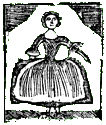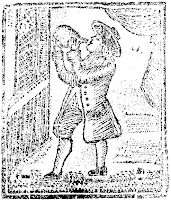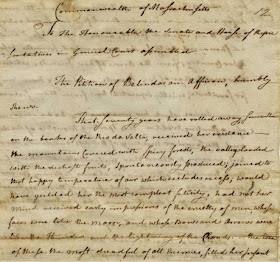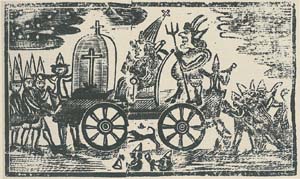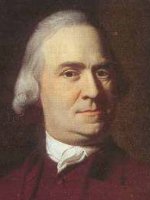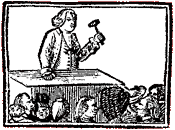John Norman published the first such directory in 1789 under the formal title of The Boston Directory. Containing, A List of the Merchants, Mechanics, Traders, and others of the Town of Boston; in Order to enable Strangers to find the Residence of any Person.
The booklet included a map of Boston and at the back listed the town’s public appointees, lawyers, doctors, and firefighters. The Massachusetts Bank was something new, founded in 1784, and the directory named its president and board. The directory did not have a list of selectmen or other elected officials, probably because their tenure was limited, nor of militia officers, though such lists had been a staple in pre-war almanacs.
Most of the small book was a listing of Boston inhabitants, starting with “ADAMS Samuel, Hon.”—i.e., the governor. Individuals and firms were listed almost alphabetically—i.e., all the people with surnames starting with A appeared in one section, but not in alphabetical order. The town hadn’t yet instituted street numbers as part of all addresses, so strangers looking for an individual usually still had to make their way to a particular street and ask around. Page 56, the last, is headed “OMISSIONS,” and includes people not sorted into the right sections such as “Gill Moses, Hon”—i.e., the lieutenant governor.
Though Norman proposed to publish a new edition annually, he doesn’t seem to have found enough demand since he never did another. John West issued one in 1796, choosing a biennial schedule. West’s directory was more comprehensive, or more businesspeople had come to town.
Both those early volumes were reprinted by the city of Boston as part of its turn-of-the-last-century publication of early town records, and those volumes have been on Google Books for a while. In addition, in the mid-1800s a genealogist named John Haven Dexter kept notes in a copy of the 1789 directory on what he’d learned about different individuals; the New England Historic Genealogical Society has transcribed and published that source. The Athenaeum’s choice to share page images of those and the many larger directories that followed provides a useful resource for historians and genealogists.
Among the folks I’ve looked up in those early Boston directories:
- The 1789 directory is one of the earliest pieces of evidence about Samuel “Rat-trap” Adams.
- The 1789 directory also listed Dr. John Pope as a cancer specialist; the 1800 listed his widow Hannah as “cancer doctor.”
- The 1798 directory included widow Sarah Russell among the town’s printers.
- Directories from 1796 and 1805 show former Salem newsboy Job Weedon shifting from printing to shopkeeping.









